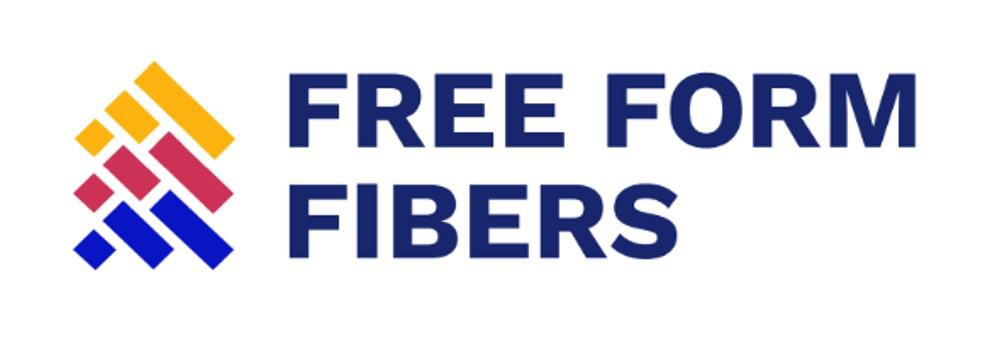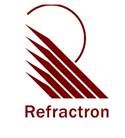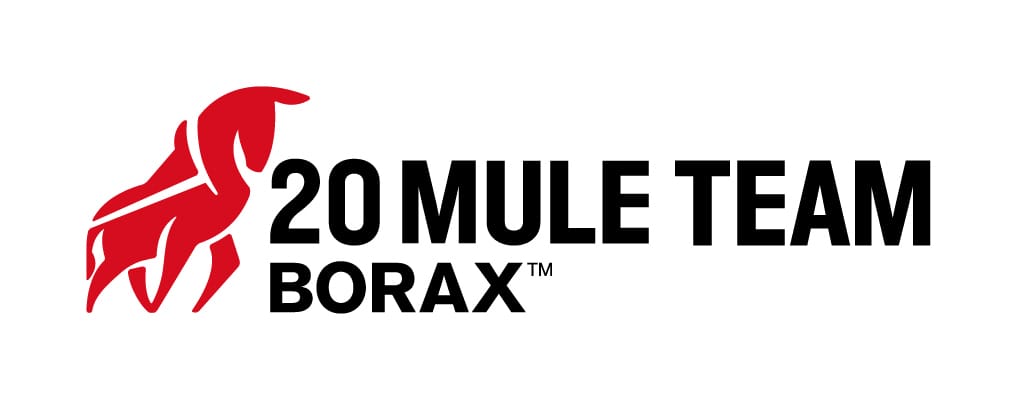ACerS Bulletin
The membership magazine of The American Ceramic Society
Ceramic crucibles: Market drivers and novel developments in molten metal processing
In this issue, we look at ceramics used in the processing and manufacturing of other materials. The cover article discusses Blasch Precision Ceramics’ work on developing novel ceramic crucibles. A second feature article describes using Lithoz’s 3D-printed ceramic cores for investment casting. The final feature article announces MATECH’s development of a new class of ultrahigh-density carbon–carbon composites for aerospace applications.
In addition to the feature stories, the “Deciphering the Discipline” column reviews how MAX phases are opening new doorways with machinable ceramics, and the “Business and Market View” column overviews the global abrasive market.
Two more columns provide further discussion on the issue’s theme. The “Industry Perspectives” column gives an inside look at the Association of American Ceramic Component Manufacturers, and the new “Journal Highlights” column gives a sneak peek inside ACerS’ latest Topical Collection on ceramics to improve manufacturing.
The April issue includes the first issue of Volume 5 of Ceramic & Glass Manufacturing, ACerS’ B2B magazine. This issue looks at the emerging nanomaterials market and considers upscaling, ethical, and safety challenges to realizing the market’s potential.
Finally, preview the upcoming Ceramics Expo, which this year will take place in Novi, Mich., April 30–May 1.
Table of Contents
Feature Articles
Ceramic crucibles: Market drivers and novel developments in molten metal processing
Rehan Afzal and Keith J. DeCarlo
A new generation of novel ceramic crucibles meet the performance needs of extreme processing environments while remaining reasonably priced.26 PDF
3D-printed ceramics in investment casting: Rewriting the rules for efficient casting core production
Alice Elt and Peter Schneider
Harnessing Lithoz’s ultraprecise lithography-based ceramic manufacturing 3D printing technology to fabricate ceramic casting cores allows for the creation of precise and complex metal components for aerospace applications.30 PDF
Advancing a new era for aerospace: Ultrahigh-density carbon–carbon composites through safe and affordable FAST processing
Edward J. A. Pope
Field assisted sintering technology developed by materials research and development company MATECH produces a new class of ultrahigh-density carbon–carbon composites for next-generation aerospace applications.32 PDF
Ceramic & Glass Manufacturing—Volume 5, Issue 1
When smaller is better: The promise of nanomaterials
The latest issue of C&GM looks at the emerging nanomaterials industry.45 PDF
Meetings
Ceramics Expo 2024 preview
38
ICACC 2024 highlights
40
EMA 2024 highlights
41
Upcoming dates: GOMD 2024, 10th International Congress on Ceramics, MS&T24, and PACRIM16
42
Departments
News & Trends
3
Spotlight
8
Research Briefs
16
Ceramics in Manufacturing
18
Ceramics in Energy
22
Ceramics in the Environment
24
Columns
Industry Perspectives
Doug Thurman
AACCM: Expanding the market for manufactured
ceramic components6
Business and Market View
BCC Publishing Staff
Global abrasive market: Materials, products, and applications15
Journal Highlights
Jonathon Foreman
Ceramics to improve manufacturing34
Deciphering the Discipline
Miloš Dujović
MAX phases: Opening new doorways with
machinable ceramics64
Resources
Calendar
41
Classified Advertising
61
Display Ad Index
63
Read ACerS Bulletin
The American Ceramic Society Bulletin brings you the latest industry news and trends, as well as news about the Society, its members, and activities.
ACerS members: do you prefer to receive the Bulletin in print?
With the transition to a new digital format in May 2023, all ACerS members are emailed an alert whenever a new Bulletin issue publishes, providing them links to the electronic edition and downloadable PDF. If you prefer to receive a paper copy of each issue, directions for opting in to print can be found here.




























































